In August, China reported a fourth consecutive monthly contraction in exports, dropping -8.8% yoy to USD 284.9B. However, the contraction was narrower than market’s expectation of a -9.5% yoy decline and an improvement from July’s -14.5% yoy fall.
Imports also shrank by -7.3% yoy to USD 216.5B, beating expectations of -9.4% yoy decline and improving from July’s -12.4% yoy drop. This marks a consistent trend of contracting imports every month in 2023 compared to the year-ago period.
Despite these figures beating expectations, trade surplus shrank from USD -80.6B to USD -68.4B, almost in line with expectation of USD -60.0B.
While the narrowing contraction in exports and imports could be seen as a mildly positive development, it doesn’t significantly alter the broader narrative of economic cooling in China.
Offshore Chinese Yuan continued its decline today, sparking questions about the timing and intent of potential interventions by Chinese authorities.
USD/CNH’s correction from 7.3491 should have completed at 7.2387 already. Rise from there is likely resuming the larger up trend 6.6971. From a pure technical perspective, USD/CNH should be ready to rise through 7.3745 (2022 high) to 61.8% projection of 6.8100 to 7.2853 from 7.1154 at 7.4091.
However, this raises two crucial questions: when will the Chinese authorities step in to intervene in the currency markets, and what will be the nature of such intervention—i.e., whether they aim to set a floor for Yuan or merely slow its depreciation.
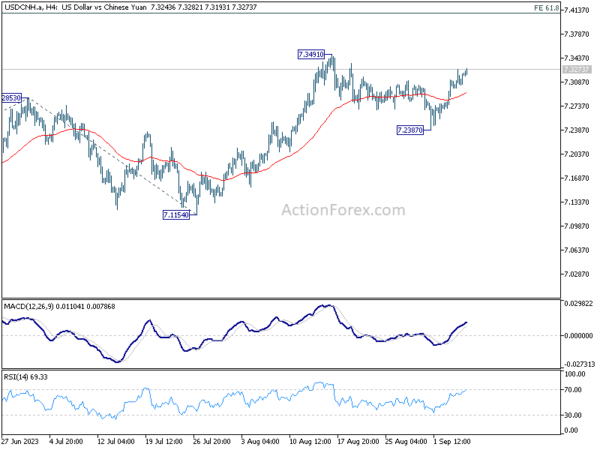
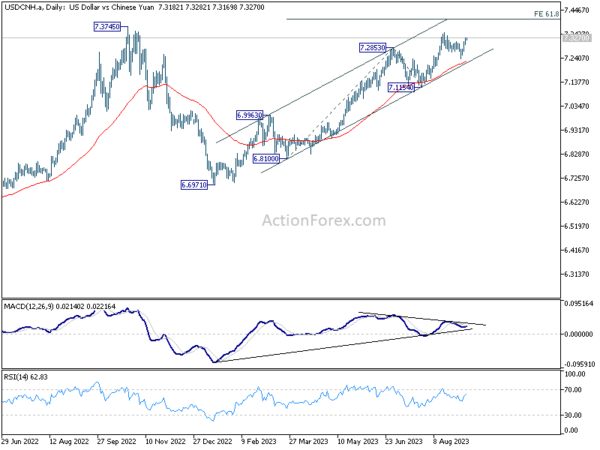
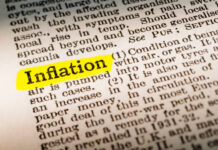

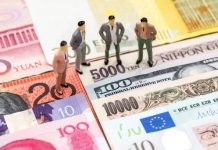

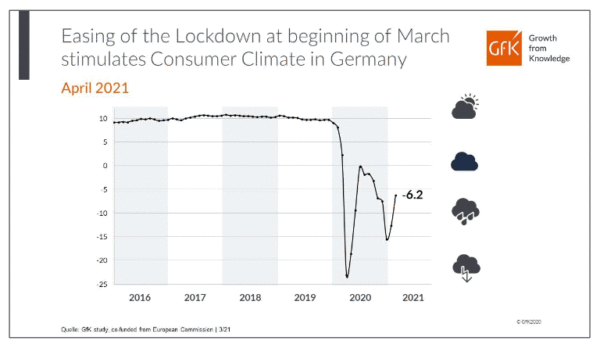
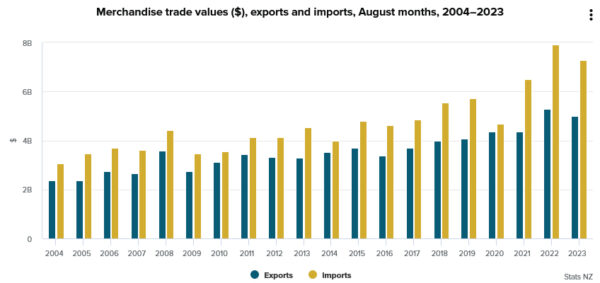
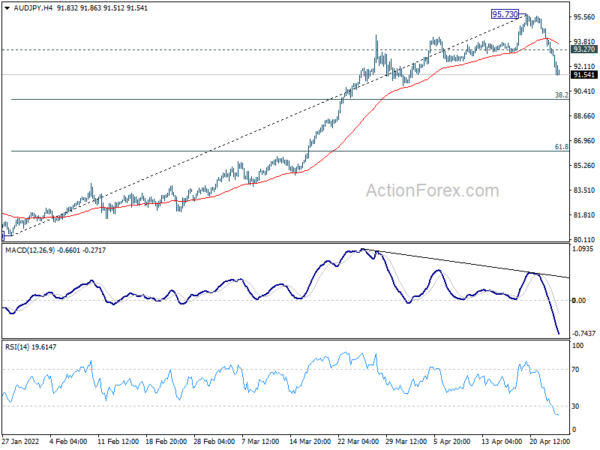
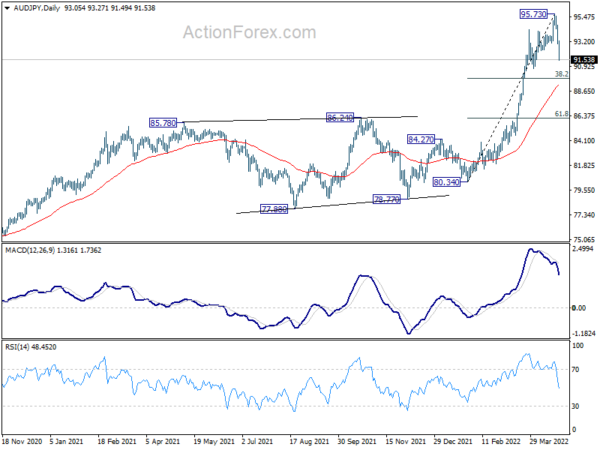
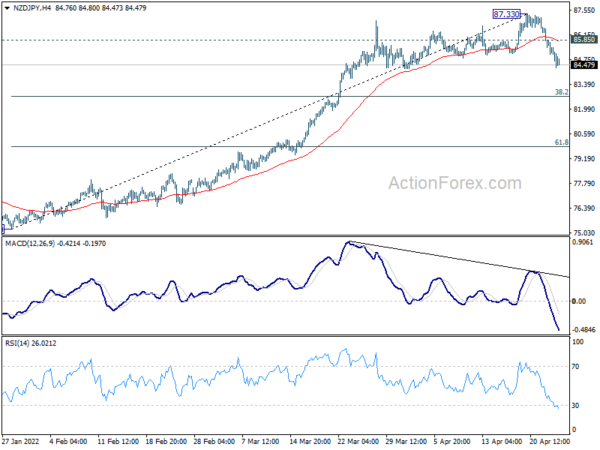
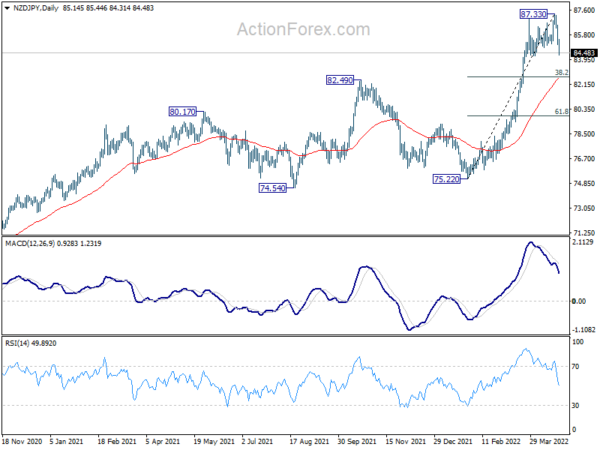
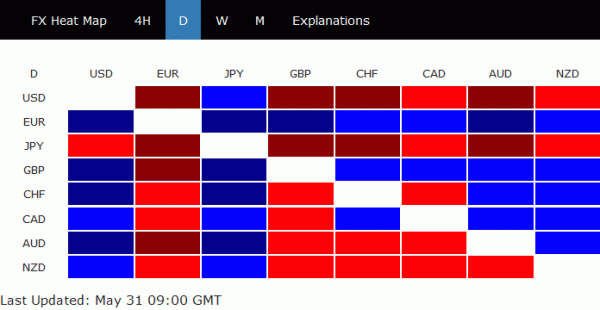
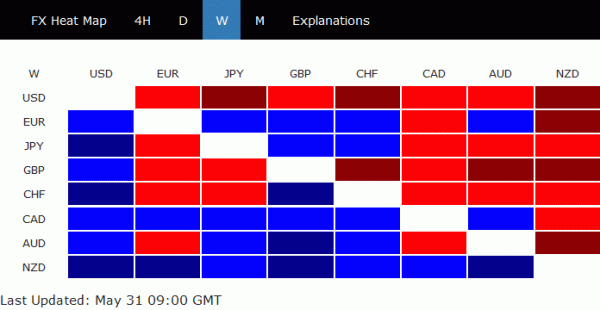
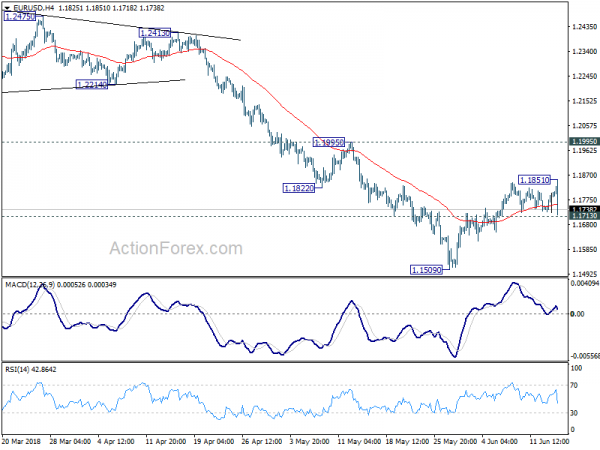
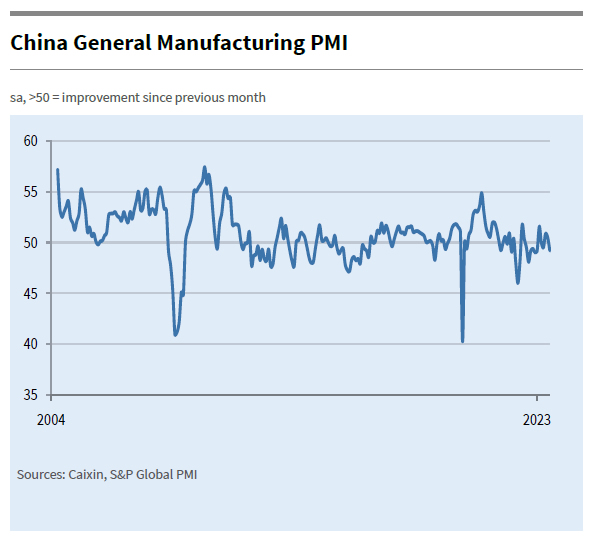
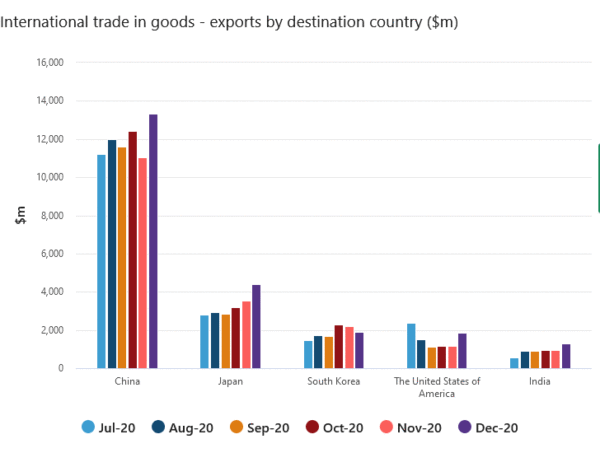
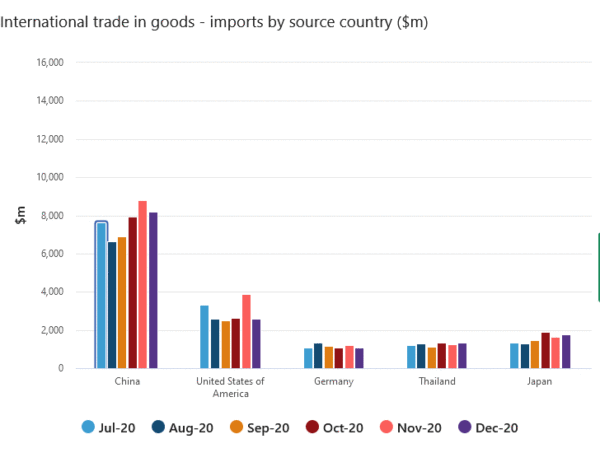


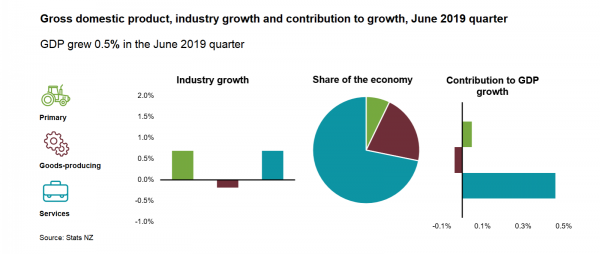
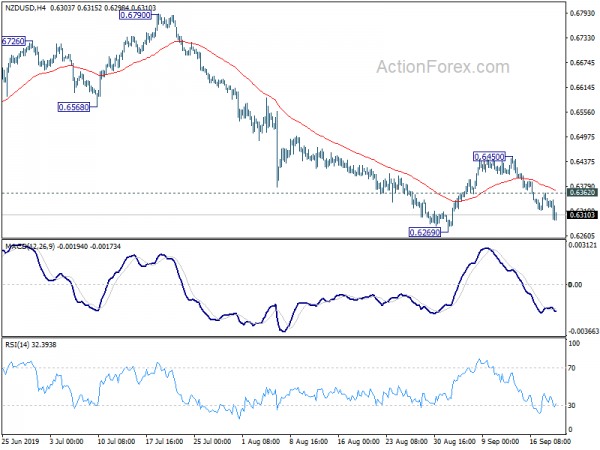
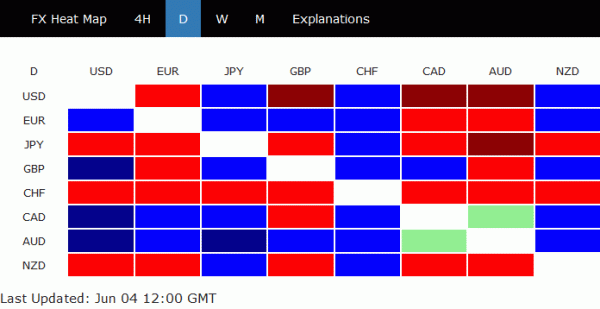
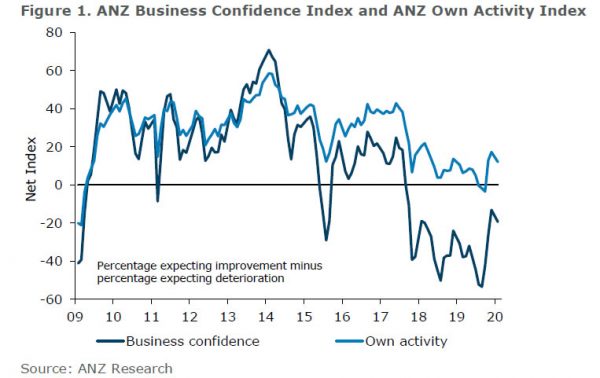
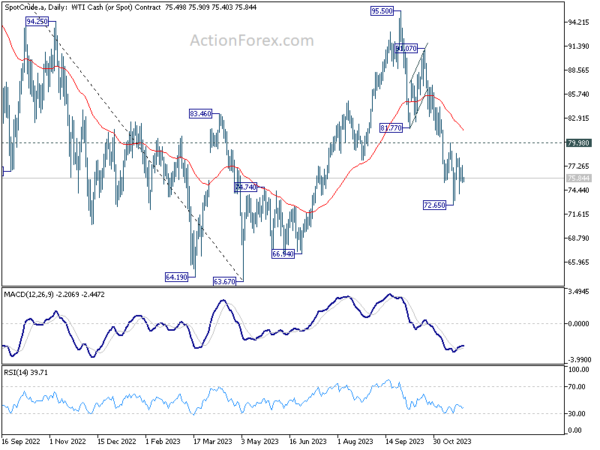


US Empire State manufacturing rose to 12.1 in Feb, highest since Jul 2020
US Empire State Manufacturing business conditions rose to 12.1 in February, up from 3.5, well above expectation of 5.5. That’s also the highest level since July 2020. 32% of respondents reported that conditions had improved, while 20% said conditions had worsened.
New orders rose 4.2 pts to 10.8. Shipments dropped -3.3 to 4.0. Prices paid jumped 12.3 pts to 57.8. Prices received also rose 8.2 to 15.2. Number of employees edged up by 0.9 to 12.1 Average employee workweek also rose slightly by 2.7 to 9.0.
Full release here.